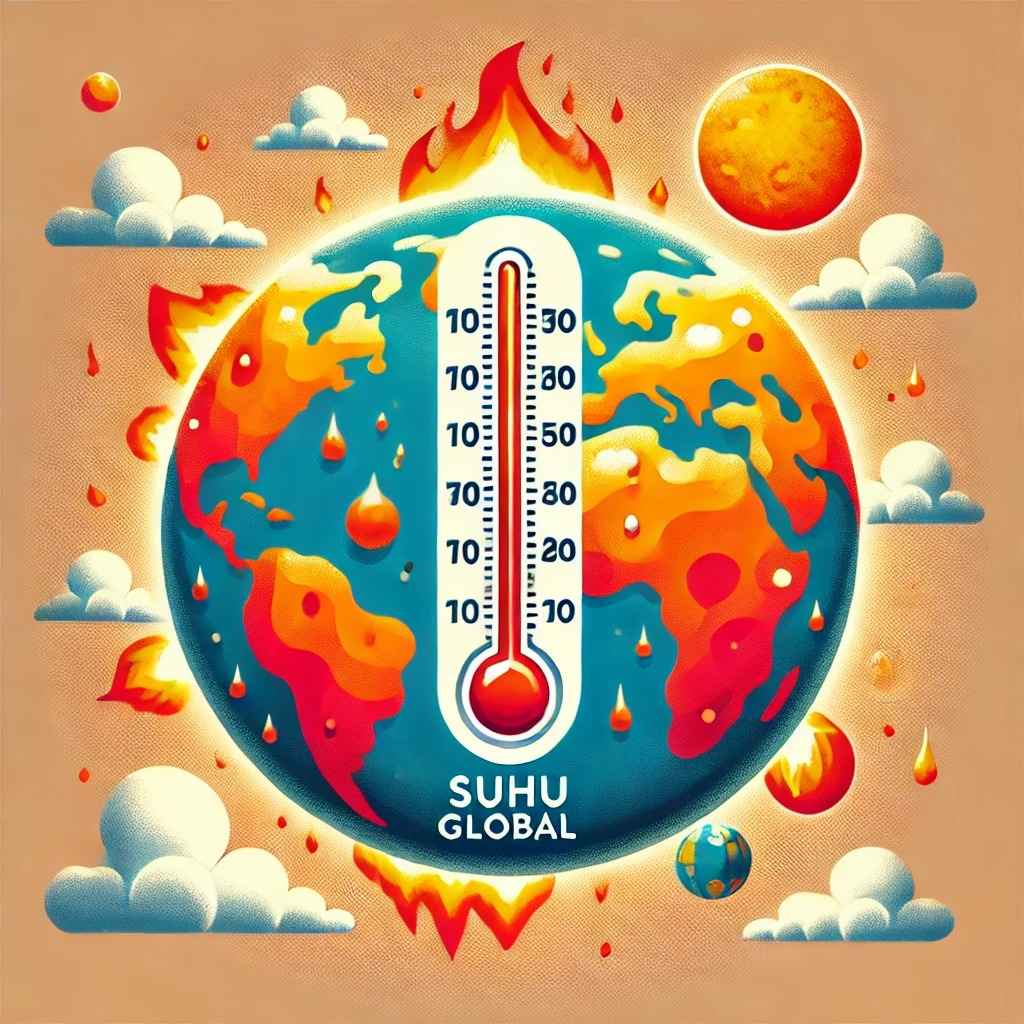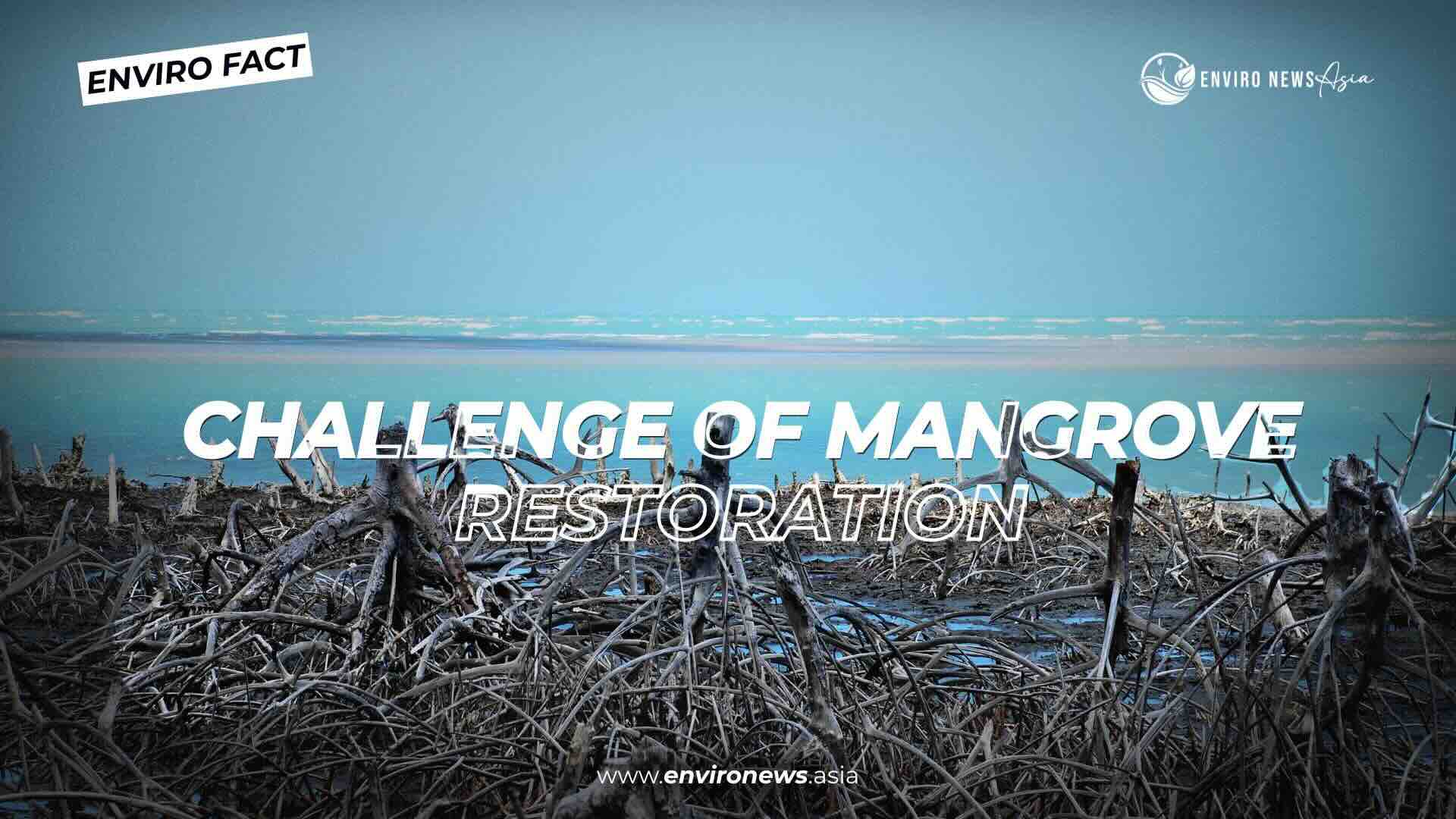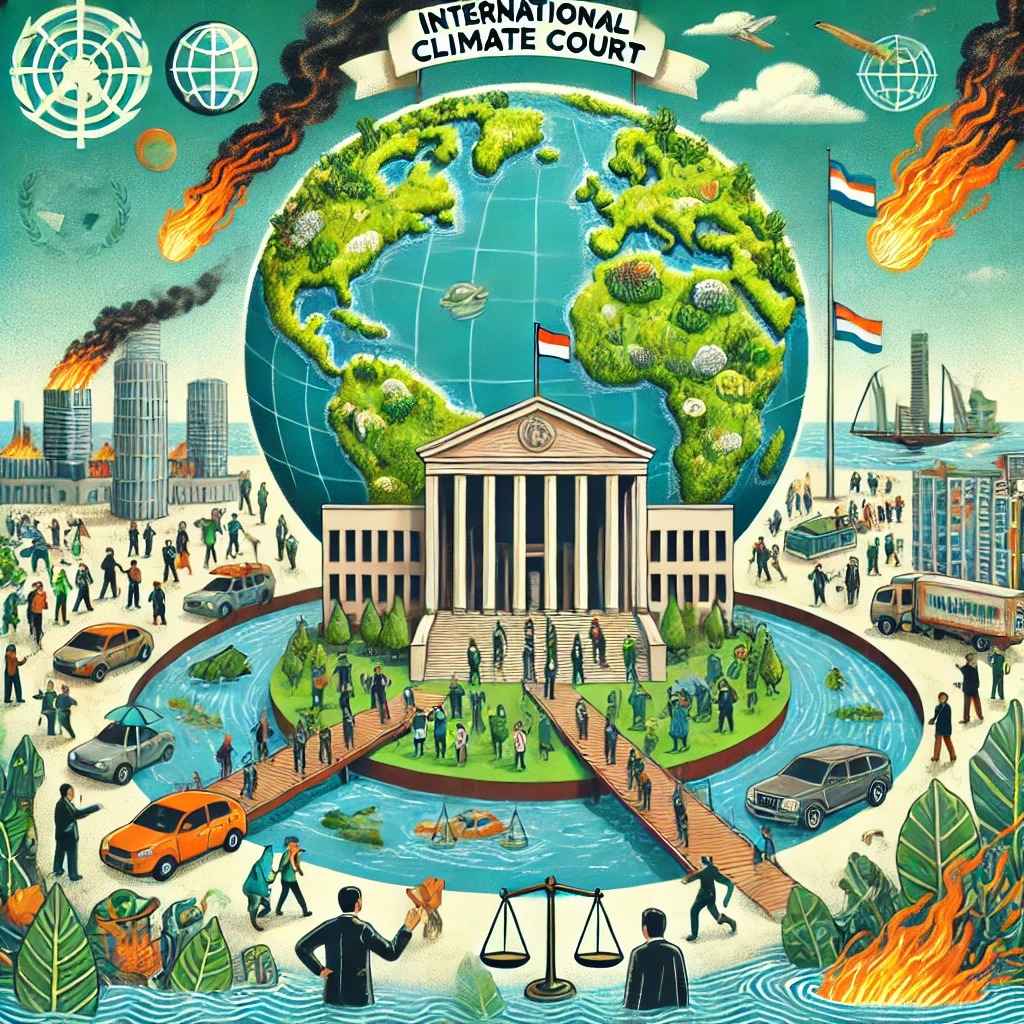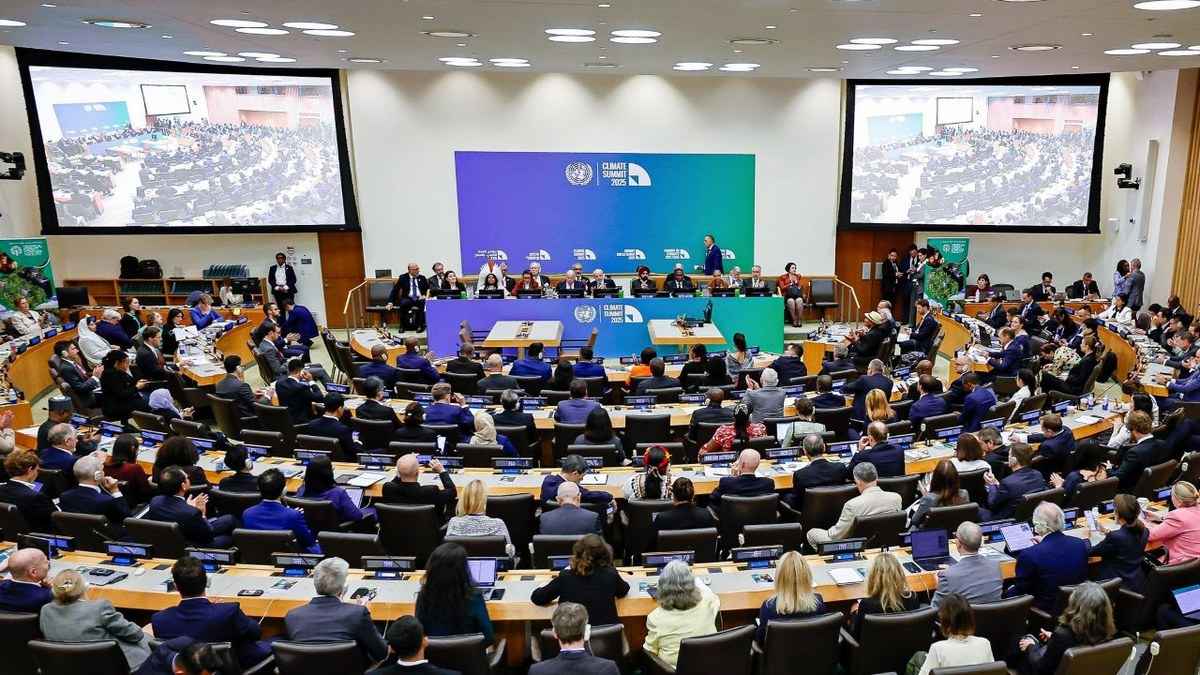Enviro News Asia, Geneva — The world is heading toward one of the hottest periods in human history. In its latest report, the World Meteorological Organization (WMO) warns that global temperatures are likely to remain at or even surpass record highs over the next five years.
This trend reveals a troubling fact: global warming has not slowed down—it continues to accelerate.
According to the WMO, there is an 80 percent chance that at least one year between 2025 and 2029 will become the hottest year on record, surpassing 2024, which was recently declared the warmest year ever recorded. Furthermore, there is an 86 percent likelihood that at least one of those five years will register temperatures more than 1.5°C above pre-industrial levels (1850–1900)—the critical threshold set by the Paris Agreement.
The report also projects that the average global temperature between 2025 and 2029 will range between 1.2°C and 1.9°C higher than pre-industrial levels. This means the world is edging dangerously close to the warming limit that could trigger the most severe climate change impacts.
“We have just gone through the hottest decade in recorded history. Unfortunately, this report shows no signs of improvement,” said Ko Barrett, WMO Deputy Secretary-General.
“The impacts will continue to intensify across economies, daily lives, ecosystems, and our planet,” she added.
One of the most striking findings comes from the Arctic region, which is expected to warm more than three and a half times faster than the global average. Winter temperatures in the Arctic between November and March are projected to be 2.4°C higher than the 1991–2020 average.
This extreme warming will cause sea ice in the Barents Sea, Bering Sea, and Okhotsk Sea to continue melting through 2029. The consequences extend far beyond the poles—changes in atmospheric patterns caused by this melting may lead to extreme weather in mid-latitude regions, including severe storms, massive floods, and prolonged droughts around the world.
The WMO forecast also warns of major shifts in global rainfall patterns. Regions such as the Sahel, Northern Europe, Alaska, and Northern Siberia are expected to see above-average precipitation, while the Amazon rainforest faces unusually dry seasons.
A similar trend is likely in South Asia, which has experienced wetter-than-usual conditions in recent years—a pattern expected to persist until 2029.
The WMO report underscores that every fraction of a degree in temperature rise worsens climate risks: more extreme heatwaves, intense rainfall, prolonged droughts, glacier retreat, ocean warming, and sea level rise.
These are no longer future threats—they are today’s reality. (*)















